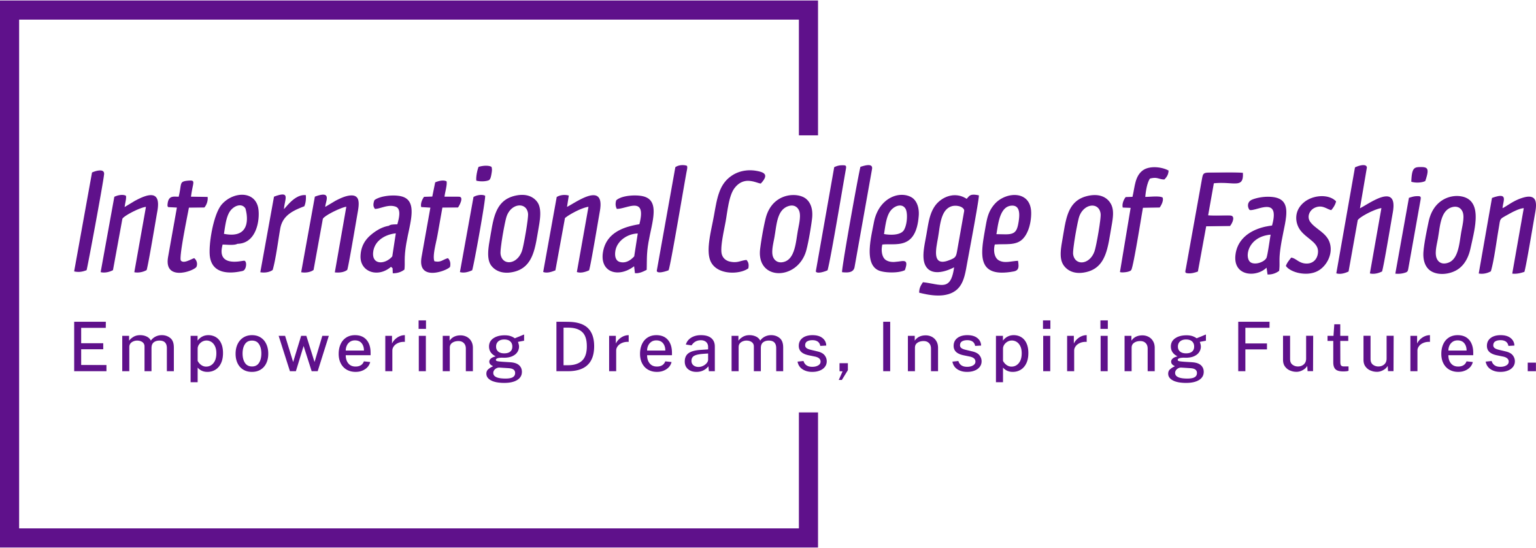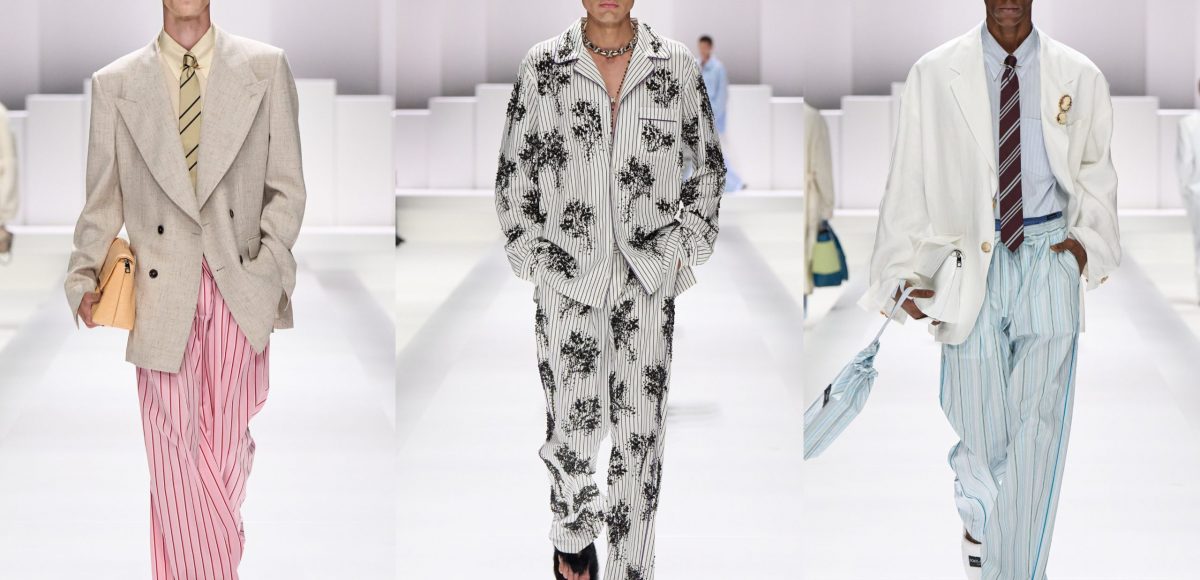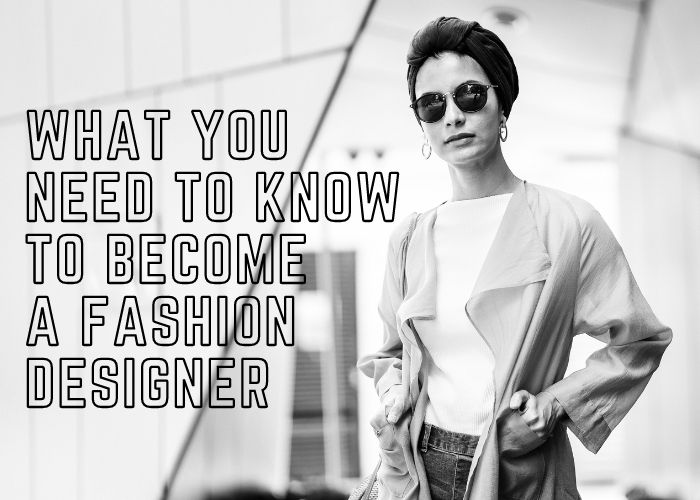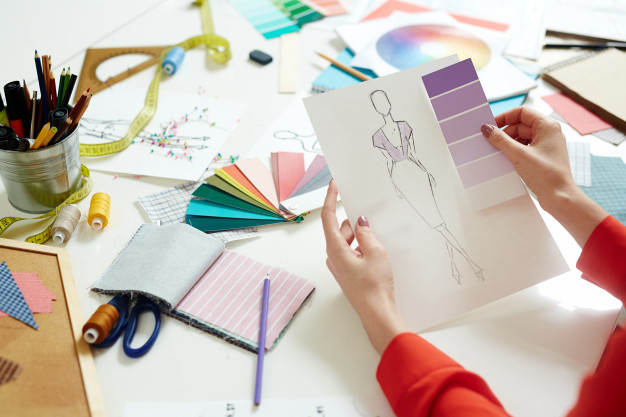Milan Men’s Fashion Week 2025 – Day 2 Highlights
Day 2 of Milan Men’s Fashion Week 2025 unfolded as a celebration of refined craftsmanship, quiet luxury, outerwear innovation, and a growing emphasis on sustainability and wearable elegance. Each designer brought forward not just clothing—but a point of view. From architectural tailoring to tactile minimalism and futuristic function, the showcases […]
Milan Men’s Fashion Week 2025 – Day 1 Highlights
Day 1 of Milan Men’s Fashion Week 2025 kicked off with an eclectic mix of structured streetwear, timeless textures, and reinventions of luxury. Representing a global perspective on design education, at the International College of Fashion (ICF), where we closely observe and integrate such showcases into our pedagogy. From experimental […]
The Intersection of Technology and Creativity in ICF’s Bachelor’s in Fashion Design and Technology Program
The world of fashion constantly evolves, driven by a dynamic blend of artistic vision and technological advancements. The Bachelor’s in Fashion Design program at the International College of Fashion (ICF) epitomizes this fusion, offering an innovative educational path that bridges traditional fashion design with modern technological applications. This program equips […]
Design Thinking in Fashion Designing: Approaches and Applications
Fashion design is a rapidly growing industry, and with the ever-increasing competition, fashion designers need to be innovative and creative to stay ahead. Design thinking has emerged as a new approach to fashion design, offering a fresh perspective and allowing designers to create products that meet the needs of their […]
What You Need to Know to Become a Fashion Designer
With originality, invention, and a keen sense of fashion, fashion design is a rewarding career path. Designers are expected to keep up with the most recent trends while developing their distinctive perspectives because the sector constantly changes. Becoming a fashion designer requires passion, dedication, and hard work. This blog will […]
Color Forecasting in The Fashion Industry
The fashion industry is constantly evolving, and color forecasting is one of the most important aspects of staying ahead of the curve. Color forecasting is the process of predicting which colors will be popular and is an essential part of the fashion industry. By expecting which colors will be famous, […]
Pursue A Career As Fashion Designer
Fashion design is one of the world’s most profit-making and high-paying careers. It offers countless job opportunities and is a creatively fulfilling career that also brings in money. The education required to become a successful fashion designer is extensive and requires years of training and education. It generally involves studying […]
Fashion Design Degree – Career, Courses, Subjects, Eligibility, Exams
Fashion Designing is an art, a dream, and a vision to revolutionize apparel designs aesthetically. It is the soul of the entire fashion industry. Just imagine how the world may look without the hues of colors and beauty! Similarly, how uninteresting it is to see everyone in the same attire. […]
Startups Get Major Boost In Budget 2019
The government will set-up another TV program on DD, solely for new businesses in the Nation. Many changes crosswise over work laws, instruction, and rental lodging to directly affect new businesses in the nation. In a noteworthy lift to a large number of new entrepreneurial ventures in India, the administration […]
Internship opportunity with Fascino Kids Fashion Week 2019
Right from our very first day at ICF, we have been gaining experiences in the fashion world and this July got us one very exciting one. An opportunity to work at the Fascino Kids Fashion Show, an exclusive Fashion Week for children between 3-14 years of age, with a series […]










